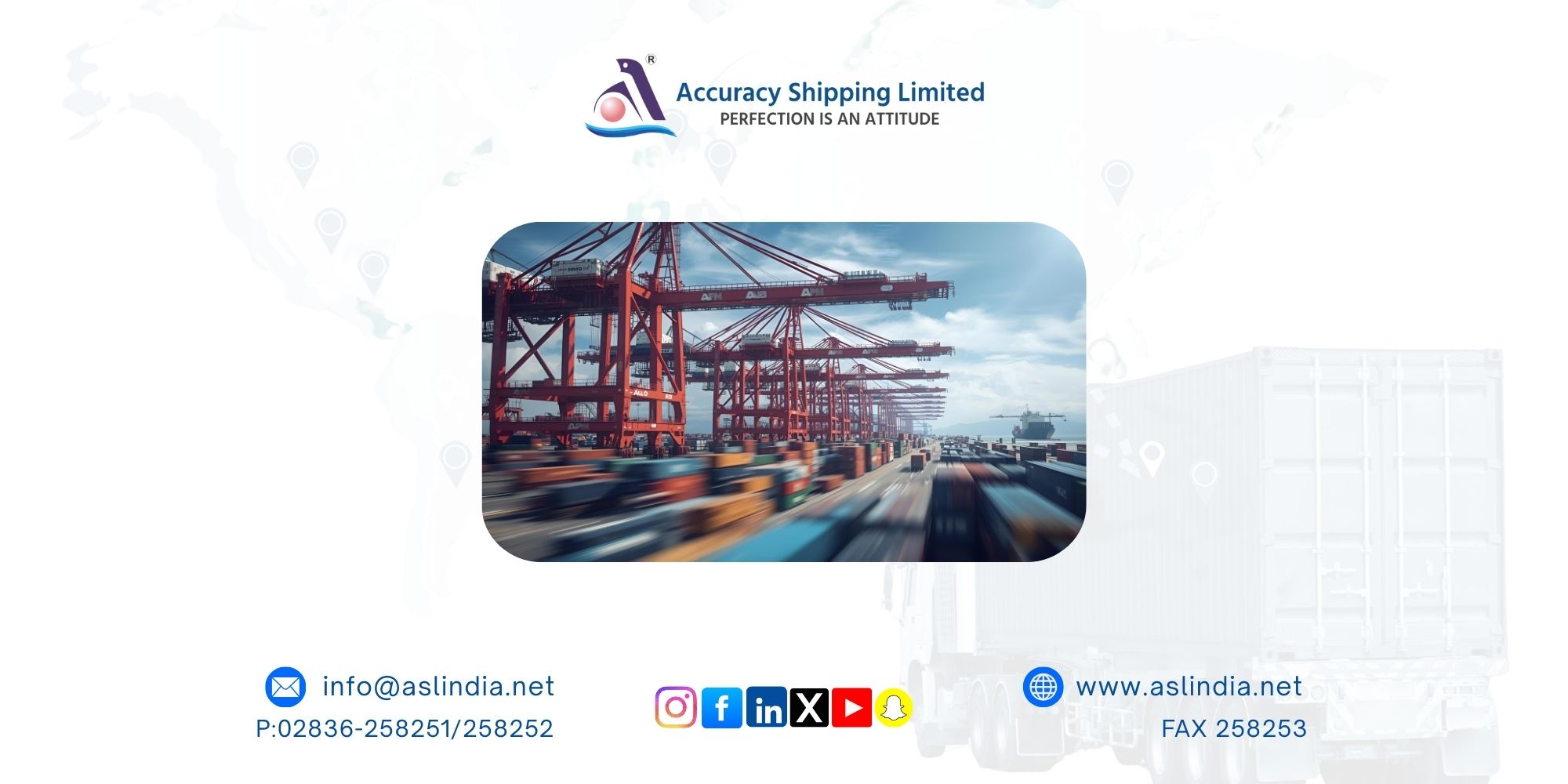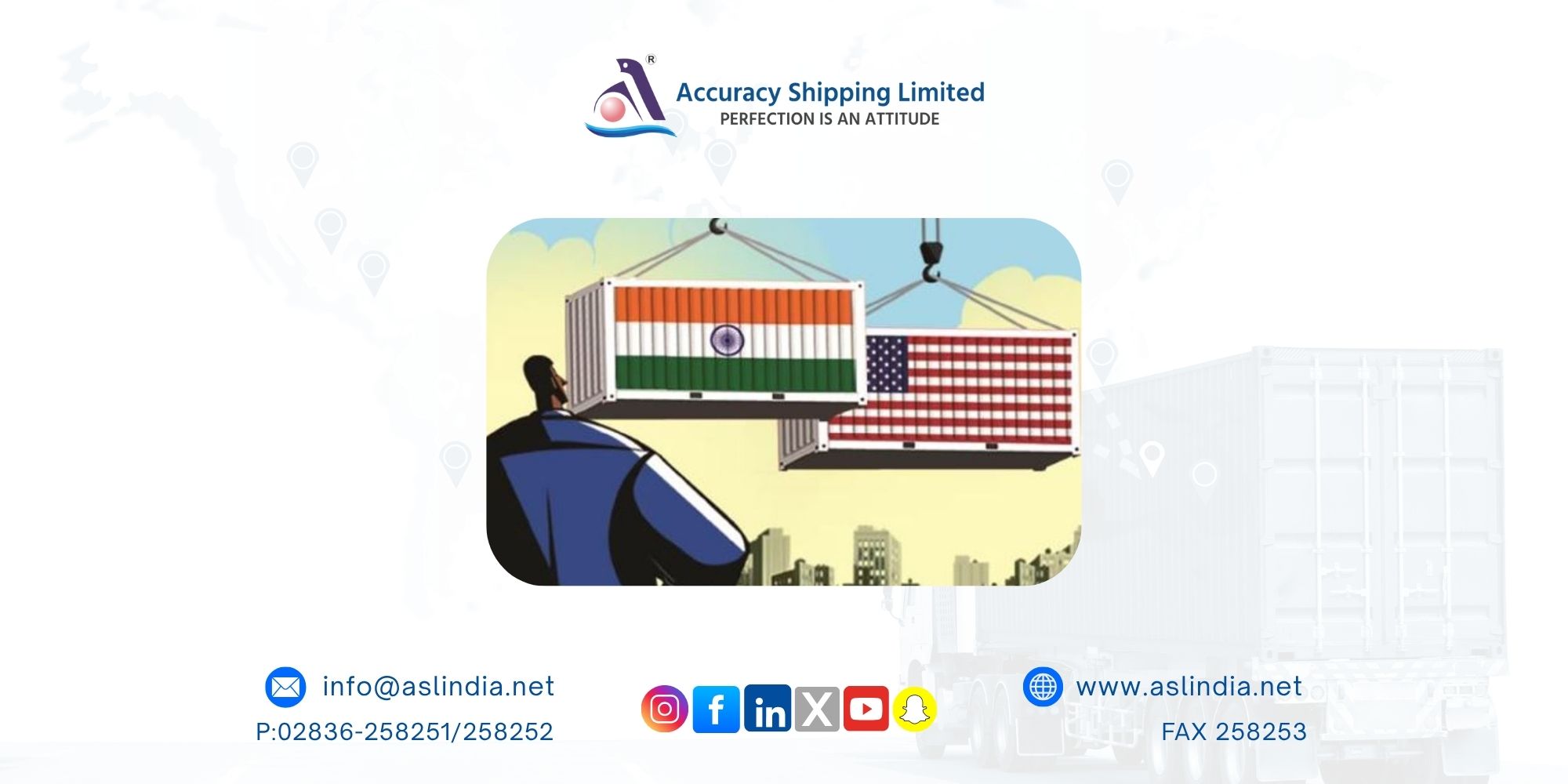APM Terminals to Invest $550 Million in Major Expansion of Peru’s Callao Port

APM Terminals has announced a major $550 million investment to expand Peru’s most critical maritime gateway, the Port of Callao. The expansion, scheduled to begin in January, marks one of the country’s most significant port infrastructure upgrades in recent years. According to Fernando Fauche, Chief Commercial Officer of APM Terminals Peru, the project will span two years and is designed to dramatically increase the terminal’s operational capacity.
The expansion will raise the terminal’s handling ability to an impressive 24,000 containers, positioning Callao as a more competitive logistics hub on the Pacific coast. This comes at a pivotal time as the port strengthens its role as a key connection point for Asian imports, particularly for trade routes across the Pacific.
The announcement was made during an event celebrating the launch of new direct shipping services from Asia, which first began arriving at Callao in November. These new lanes, connecting Peru with China and South Korea, have already cut transit times to nearly 23 days significantly improving supply chain efficiency and enhancing Peru’s access to major Asian markets.
Early indicators show strong demand on these routes. Initial shipments have included retail goods from Chinese e-commerce platforms such as Temu, with vessel space fully booked for the next six weeks. The surge highlights how rapidly Peru’s trade volumes with Asia are growing and how essential expanded port capacity has become.
While APM Terminals and Peruvian port authorities maintain that the Chinese-built Chancay megaport located just north of Lima will operate as a complementary port, industry experts are divided. Many analysts warn that as both ports undergo heavy investment and development, competition for Asian cargo may intensify along Peru’s Pacific coastline.
As the expansion begins, all eyes will be on how Callao leverages this significant upgrade to enhance Peru’s maritime competitiveness, streamline international trade, and strengthen its position as a rising Pacific logistics hub.







